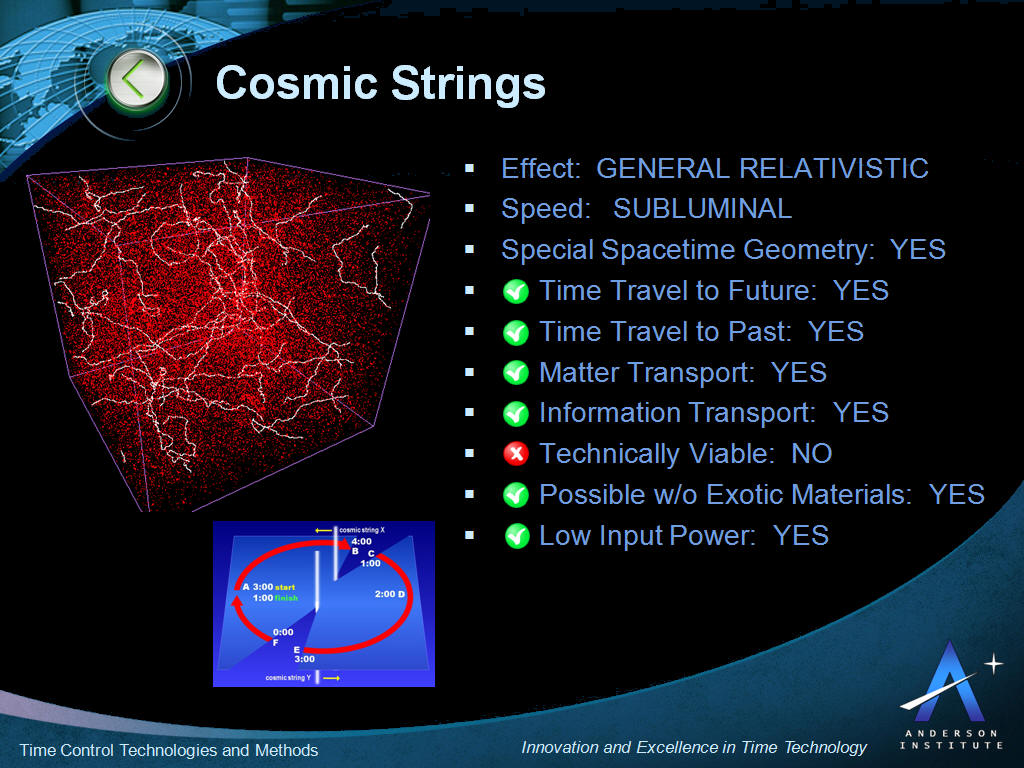

A few years later, three physicists- Leonard Susskind of Stanford University, Holger Nielsen of the Niels Bohr Institute, and Yoichiro Nambu of the University of Chicago-significantly amplified Veneziano’s insight by showing that the mathematics underlying his proposal described the vibrational motion of minuscule filaments of energy that resemble tiny strands of string, inspiring the name string theory. Gabriele Veneziano, a young theorist working at the European Organization for Nuclear Research ( CERN), contributed a key breakthrough in 1968 with his realization that a 200-year-old formula, the Euler beta function, was capable of explaining much of the data on the strong force then being collected at various particle accelerators around the world. Instead, by the late 1960s the focus was on a different force-the strong force, which binds together the protons and neutrons within atomic nuclei. Particles at these scales have such tiny masses that gravity is essentially irrelevant in their interactions, and so for decades quantum mechanical calculations generally ignored general relativistic effects. In contrast, the primary concern of theoretical physicists from the 1920s onward was quantum mechanics-the emerging framework for describing atomic and subatomic processes. Most of Einstein’s contemporaries considered the search for a unified theory to be a hopeless, if not misguided, quest. Although from time to time rumours spread that he had succeeded, closer scrutiny always dashed such hopes. For the last three decades of his life, Einstein relentlessly pursued this vision. He envisioned one powerful framework that would account for space, time, and all of nature’s forces-something he called a unified theory. These were monumental achievements, but Einstein dreamed of an even grander unification. In 1915 Einstein further unified space, time, and gravitation with his general theory of relativity, showing that warps and curves in space and time are responsible for the force of gravity. In 1905 Einstein unified space and time ( see space-time) with his special theory of relativity, showing that motion through space affects the passage of time. What is string theory? See all videos for this article While string theory is still a vibrant area of research that is undergoing rapid development, it remains primarily a mathematical construct because it has yet to make contact with experimental observations. In the 1980s, physicists realized that string theory had the potential to incorporate all four of nature’s forces- gravity, electromagnetism, strong force, and weak force-and all types of matter in a single quantum mechanical framework, suggesting that it might be the long-sought unified field theory. The theory envisions that a string undergoing a particular mode of vibration corresponds to a particle with definite properties such as mass and charge. The name string theory comes from the modeling of subatomic particles as tiny one-dimensional “stringlike” entities rather than the more conventional approach in which they are modeled as zero-dimensional point particles. String theory, in particle physics, a theory that attempts to merge quantum mechanics with Albert Einstein’s general theory of relativity. SpaceNext50 Britannica presents SpaceNext50, From the race to the Moon to space stewardship, we explore a wide range of subjects that feed our curiosity about space!.Learn about the major environmental problems facing our planet and what can be done about them! Saving Earth Britannica Presents Earth’s To-Do List for the 21st Century.Britannica Beyond We’ve created a new place where questions are at the center of learning.100 Women Britannica celebrates the centennial of the Nineteenth Amendment, highlighting suffragists and history-making politicians.
#Strings theory still string how to
COVID-19 Portal While this global health crisis continues to evolve, it can be useful to look to past pandemics to better understand how to respond today.Student Portal Britannica is the ultimate student resource for key school subjects like history, government, literature, and more.This Time in History In these videos, find out what happened this month (or any month!) in history.




 0 kommentar(er)
0 kommentar(er)
